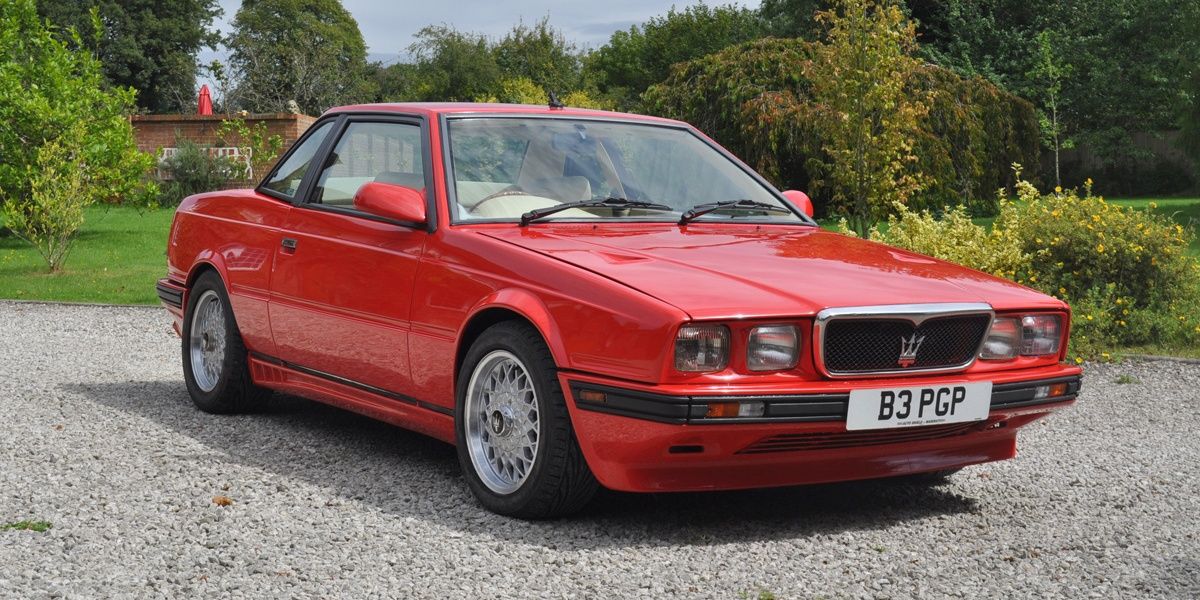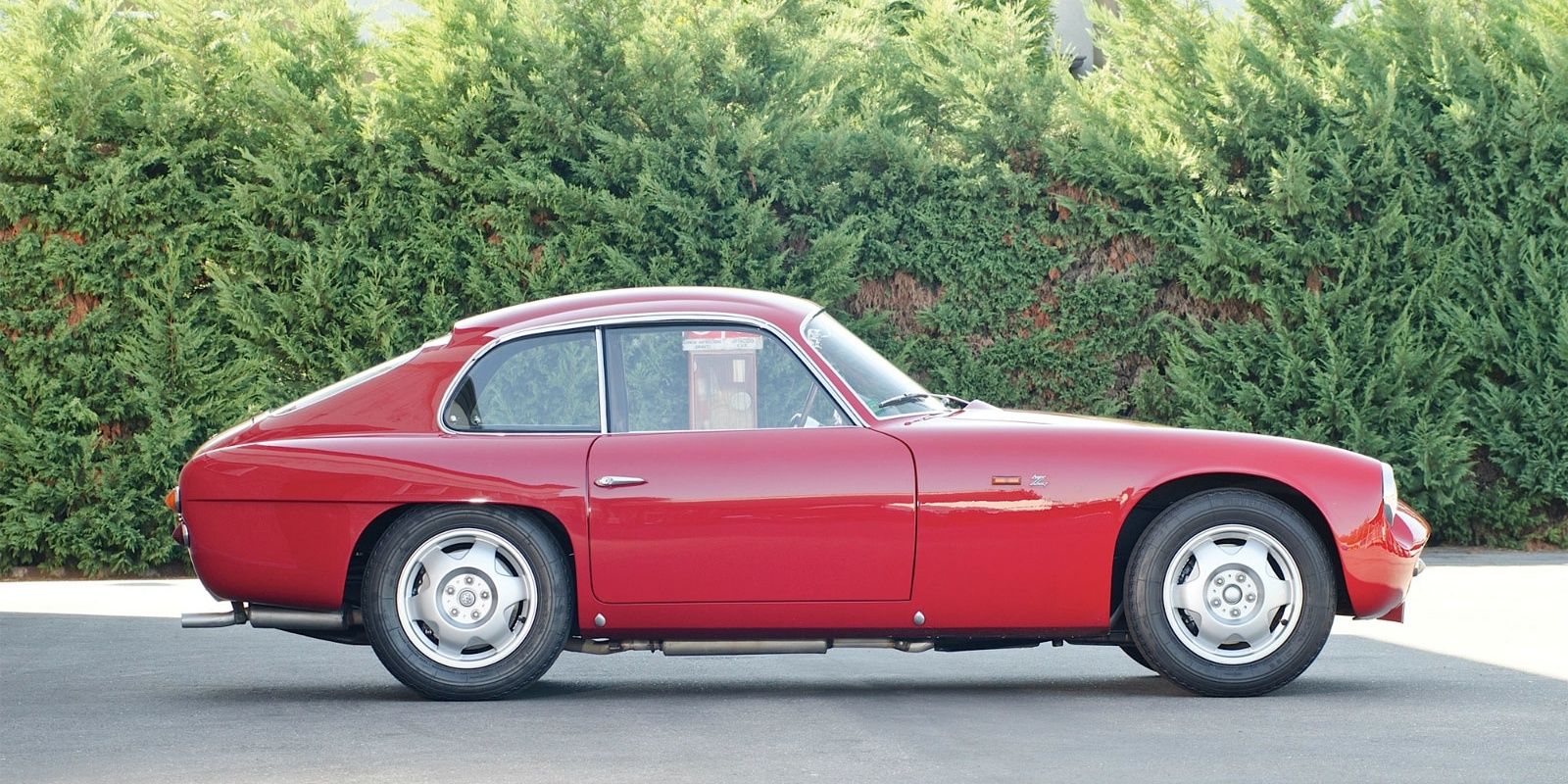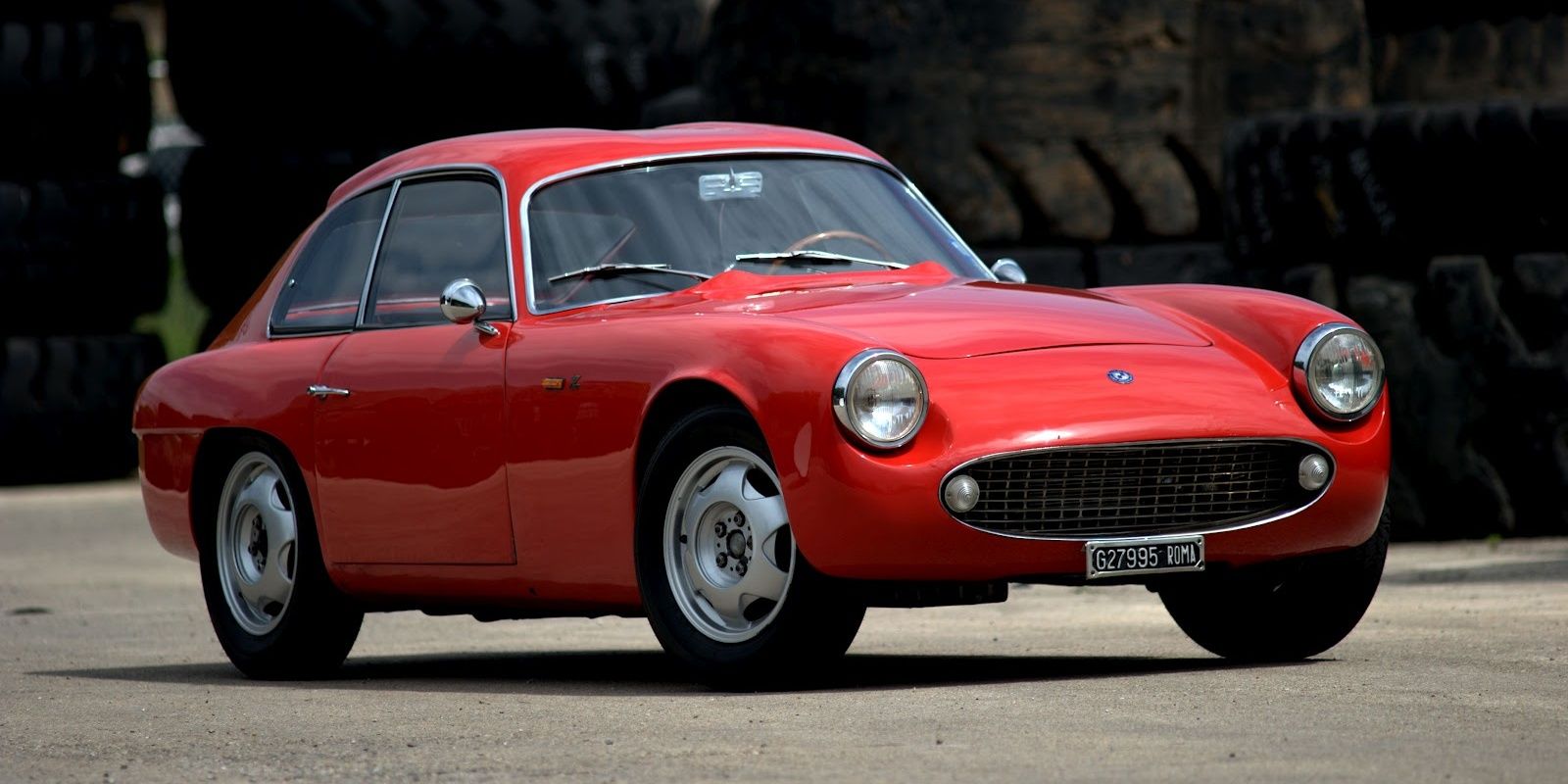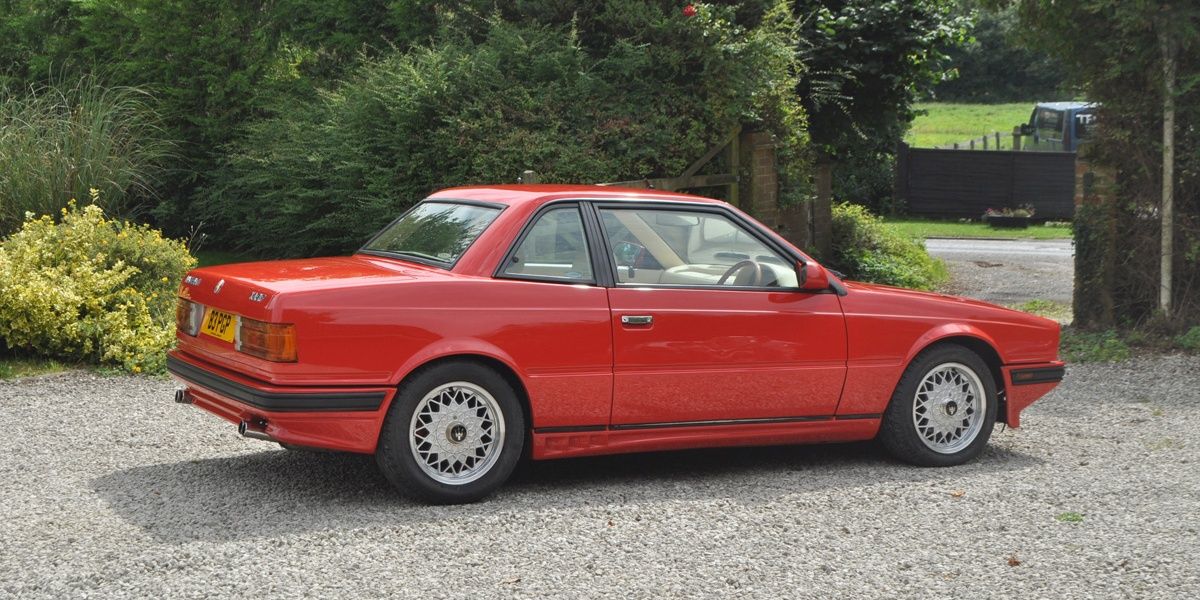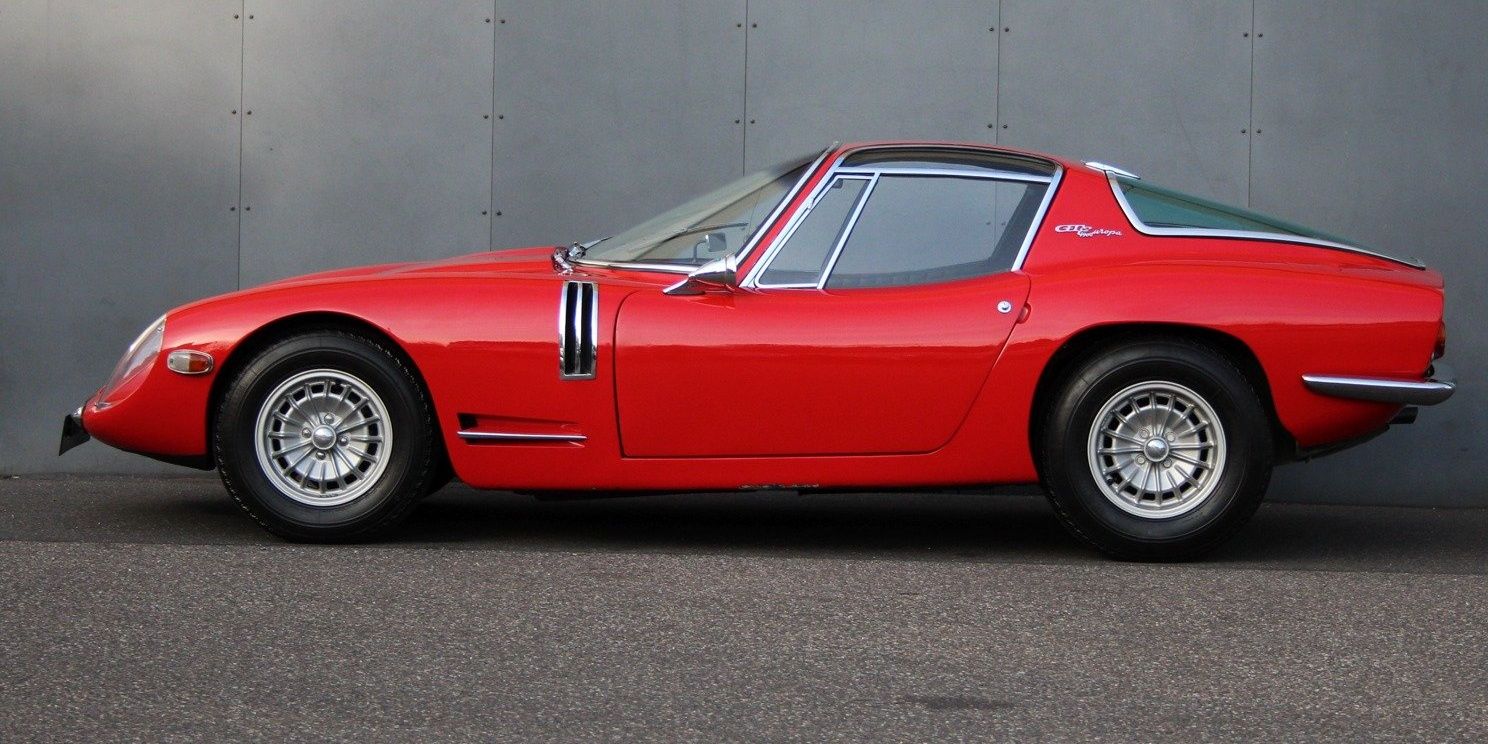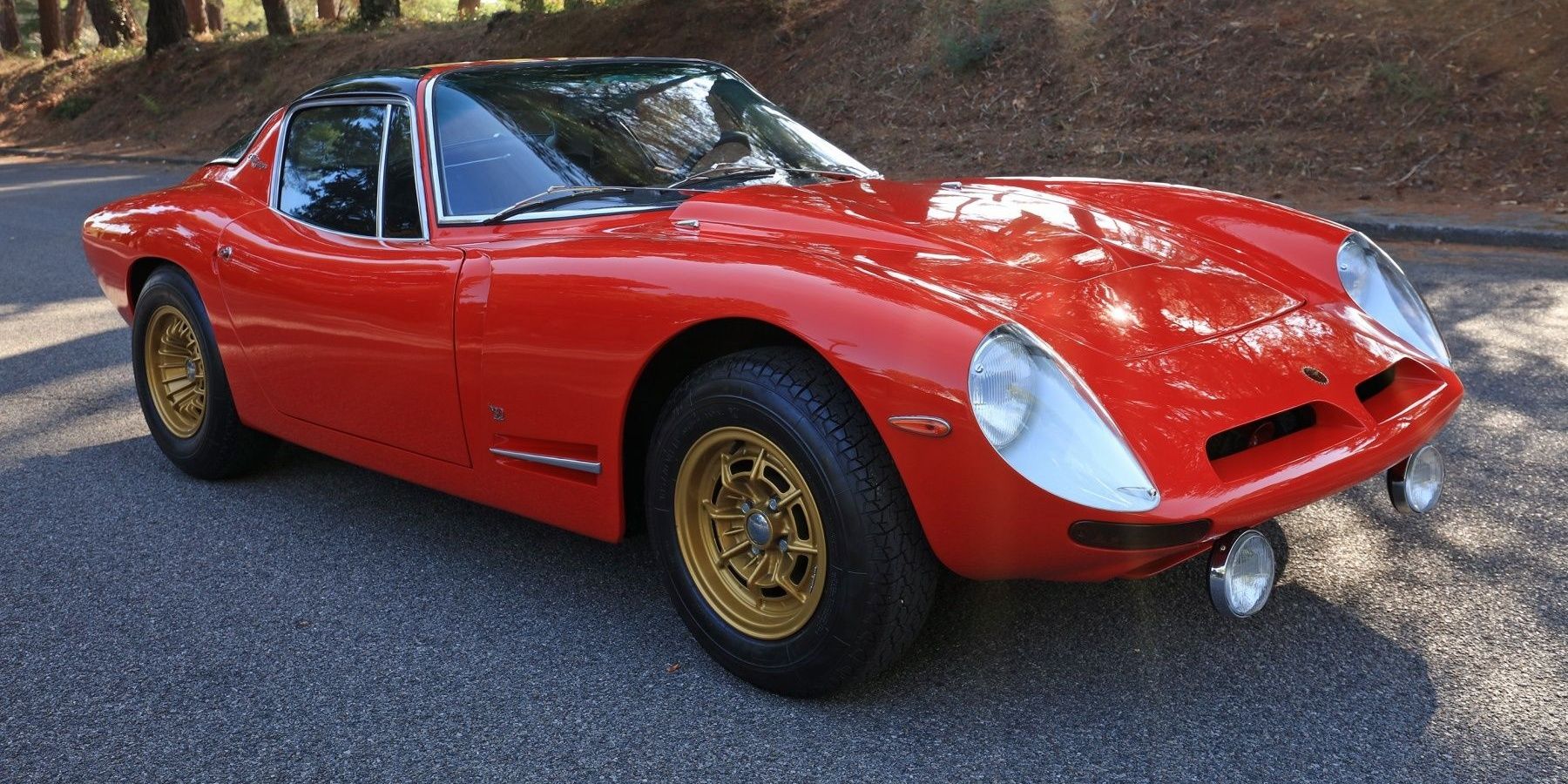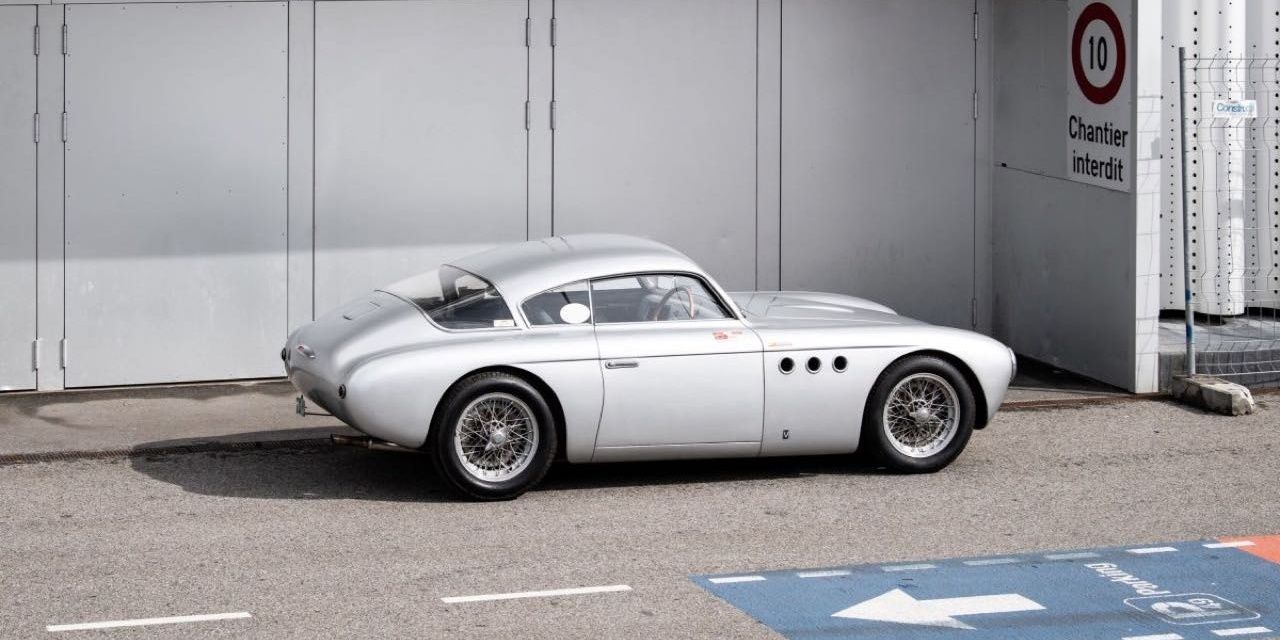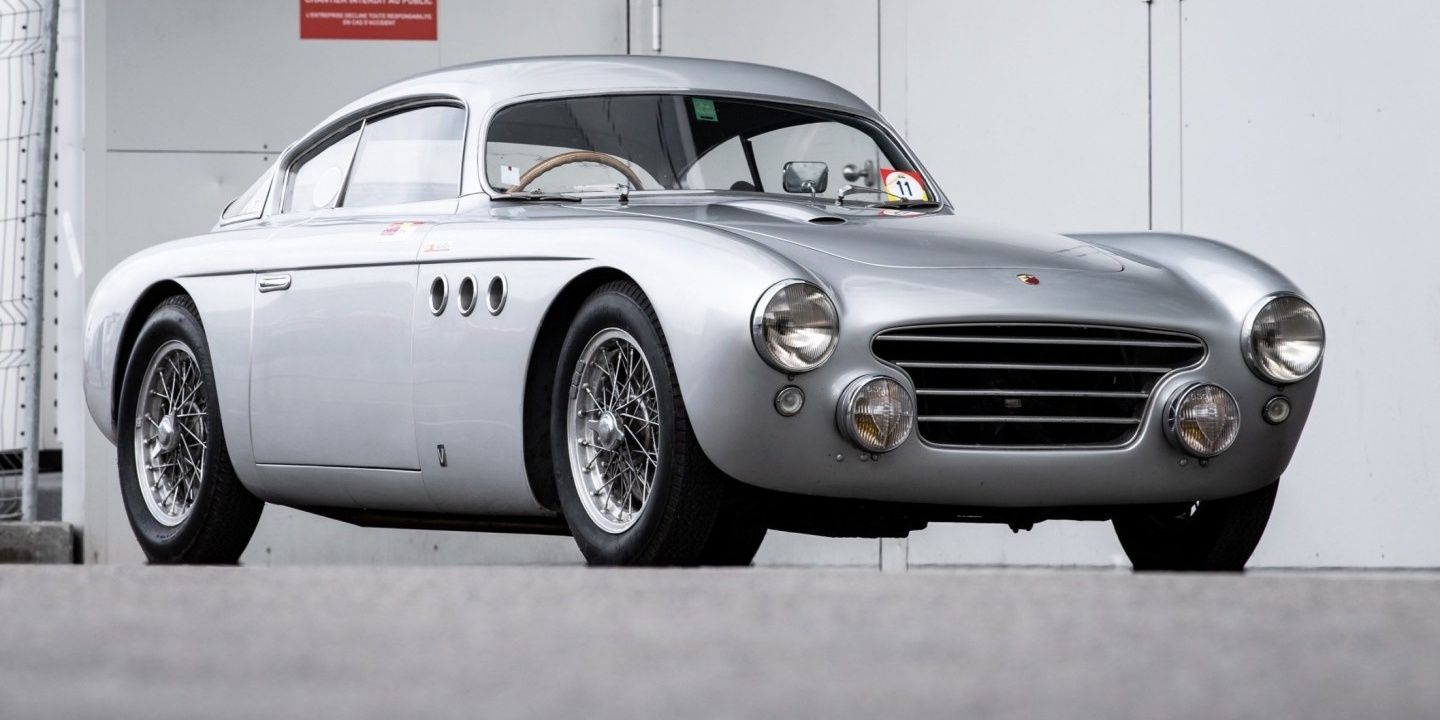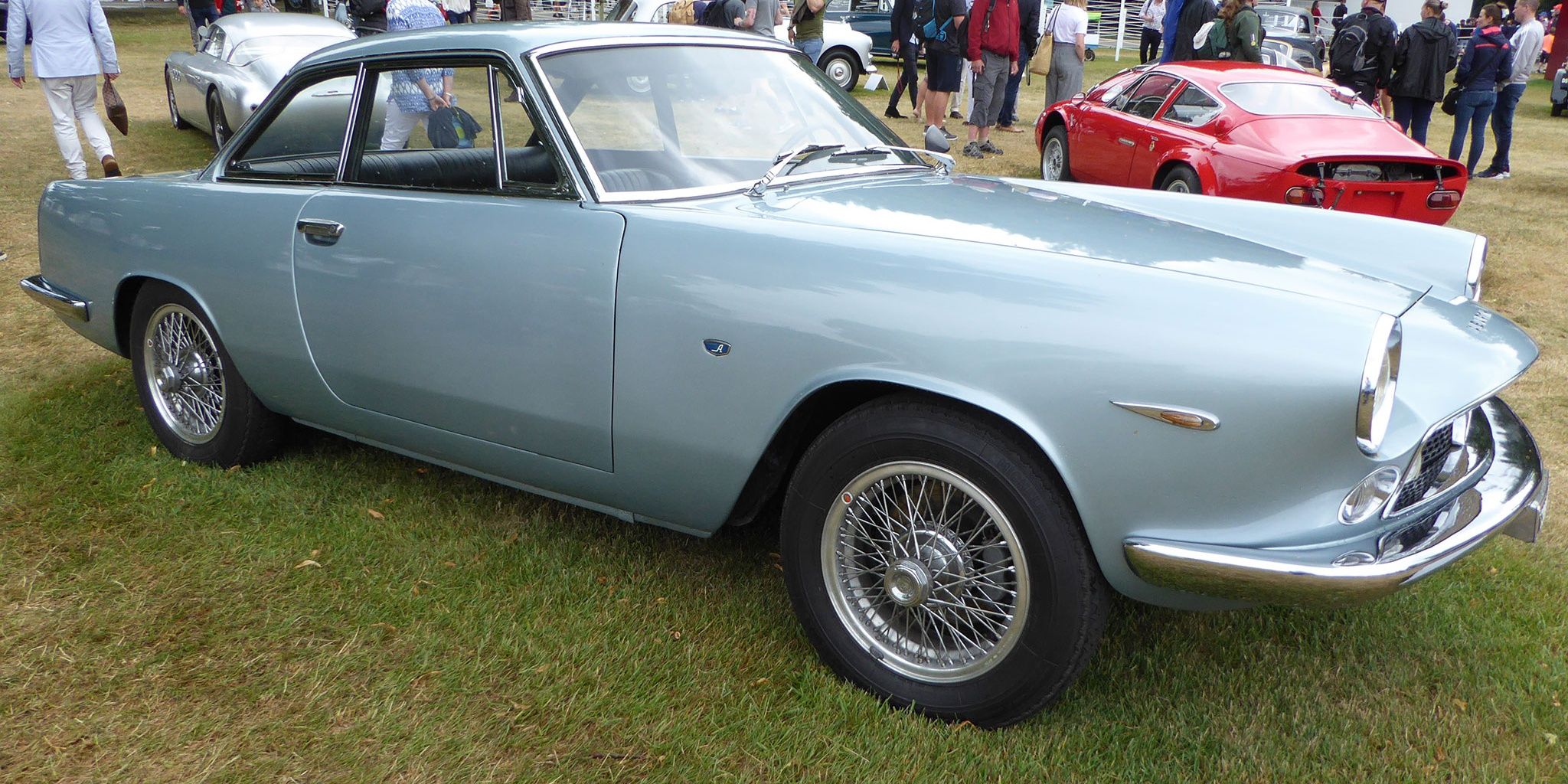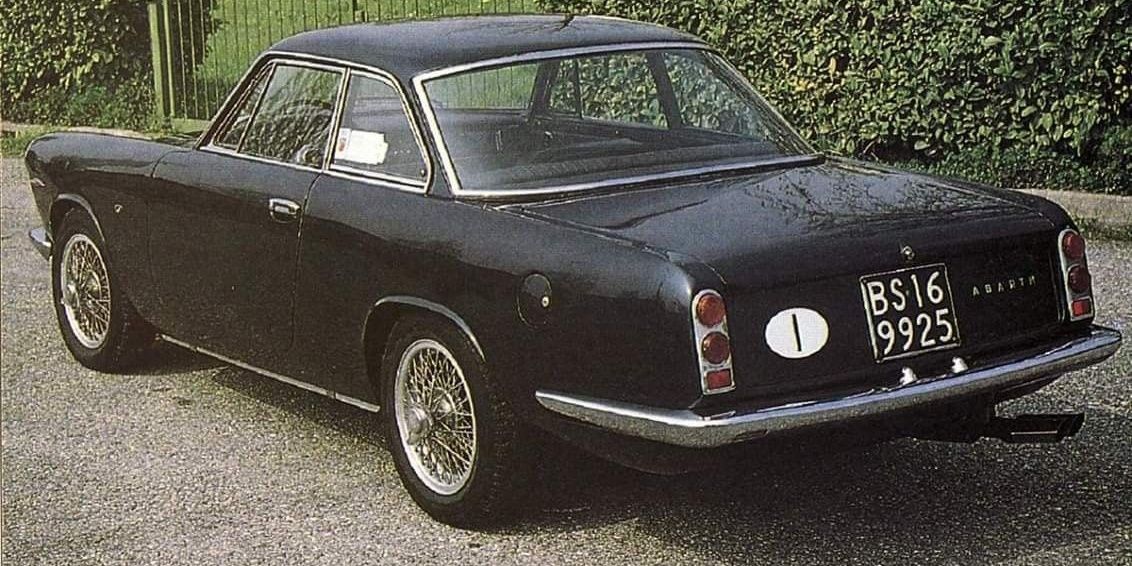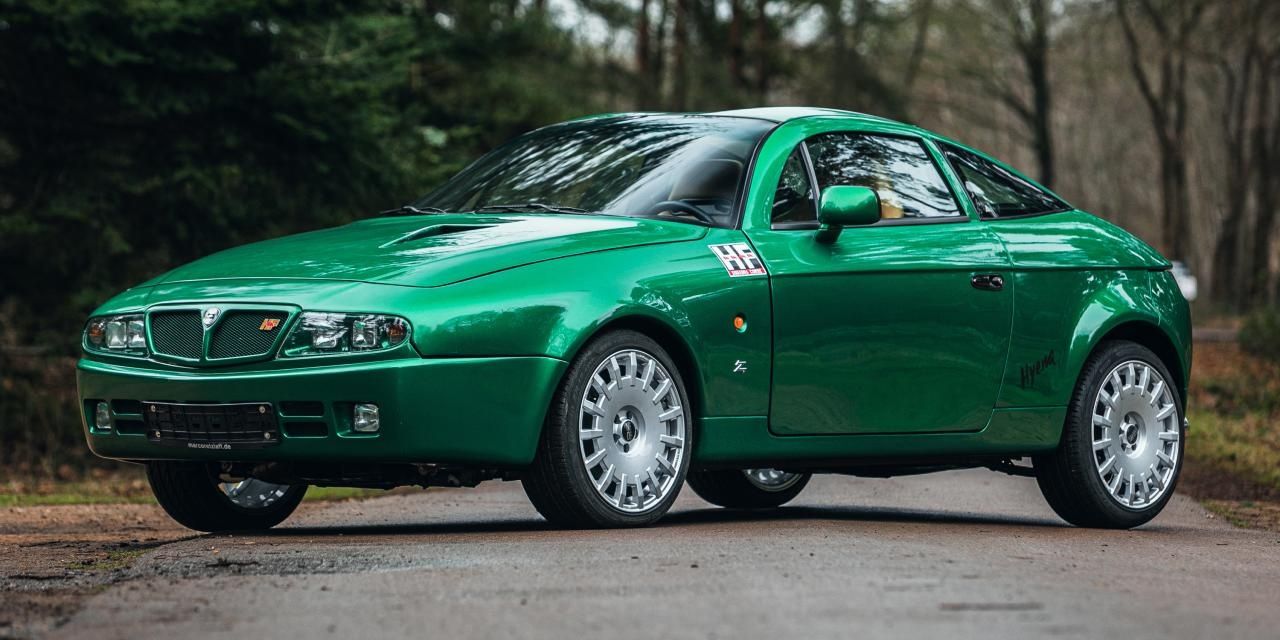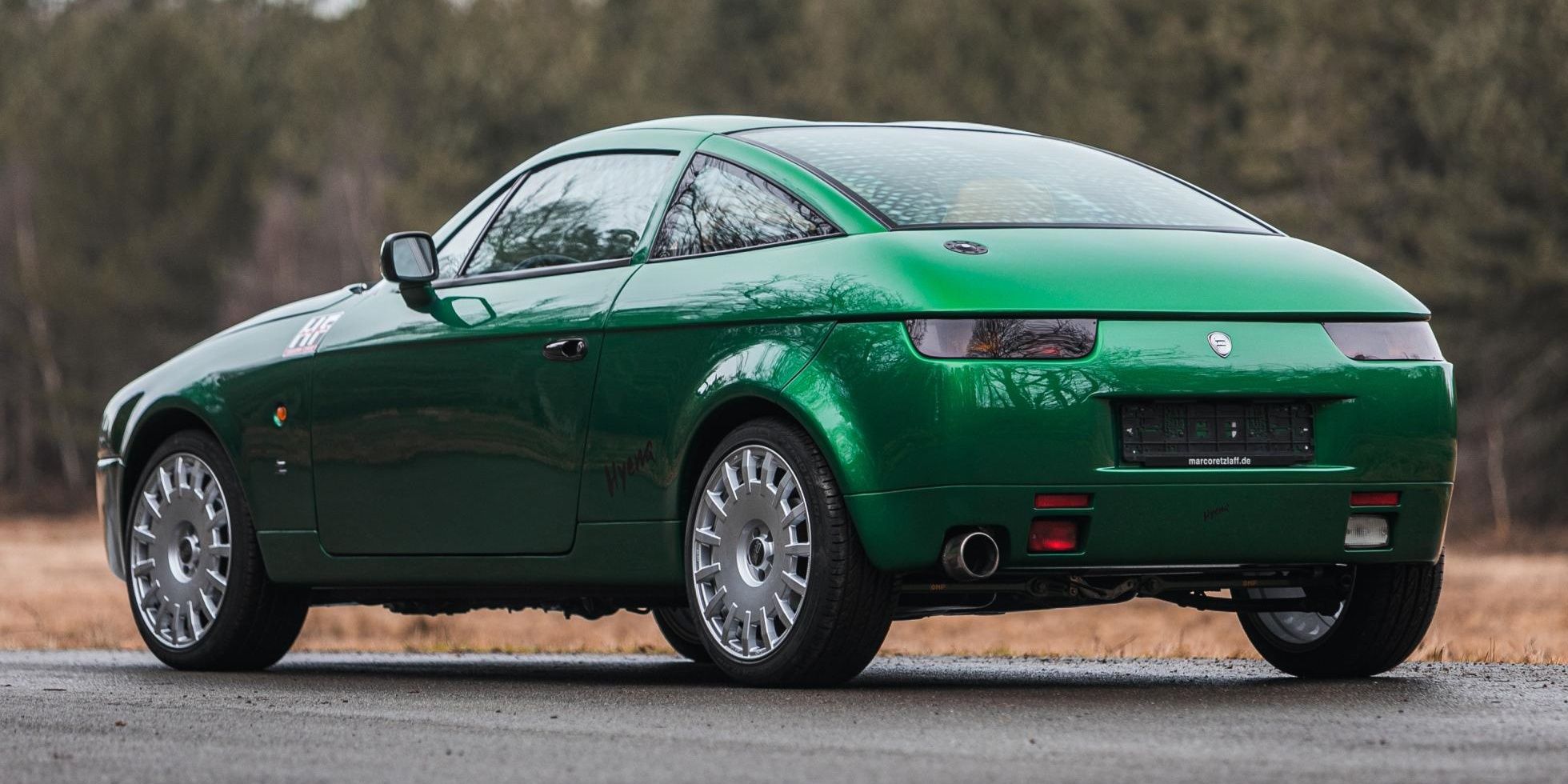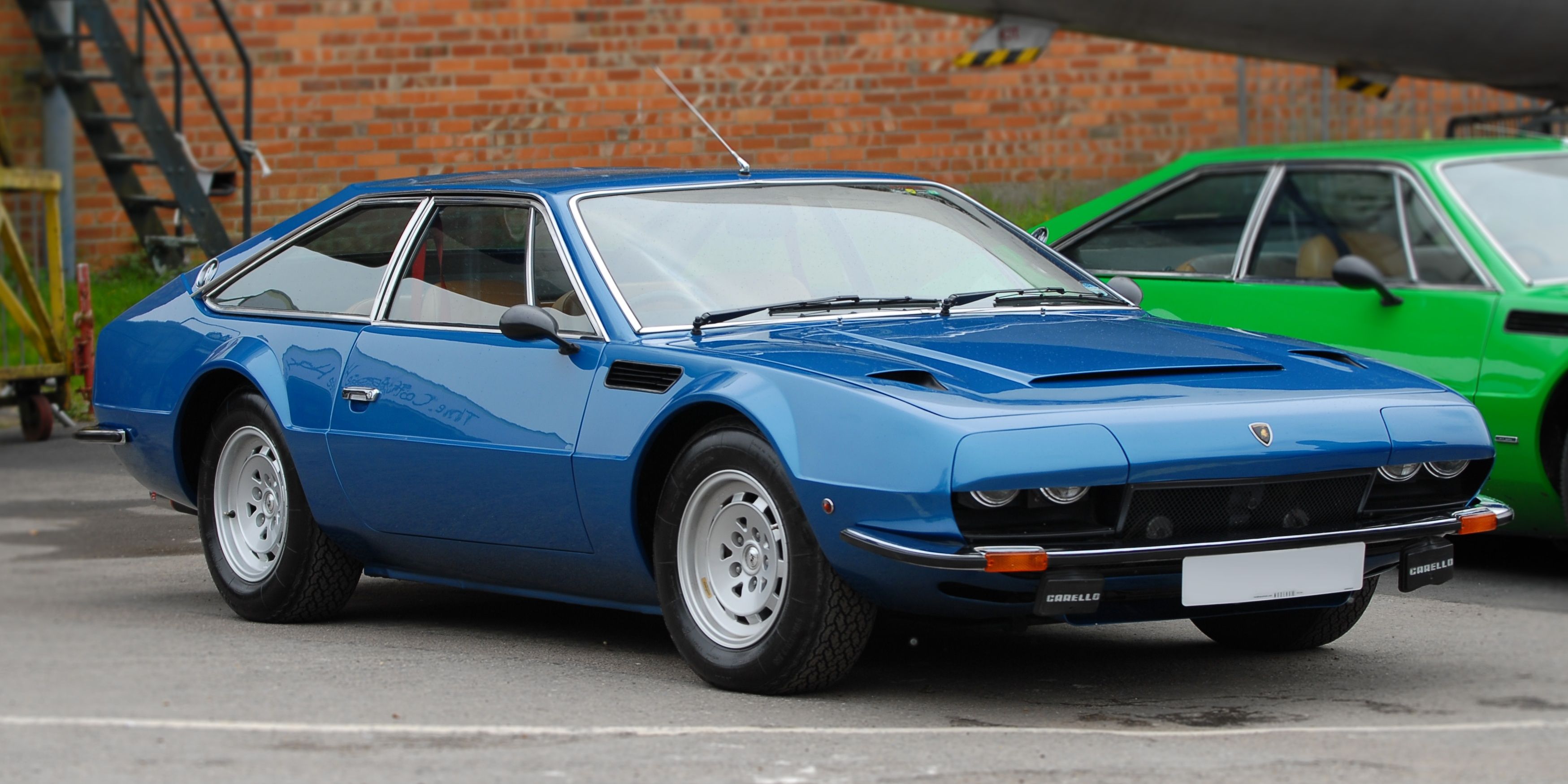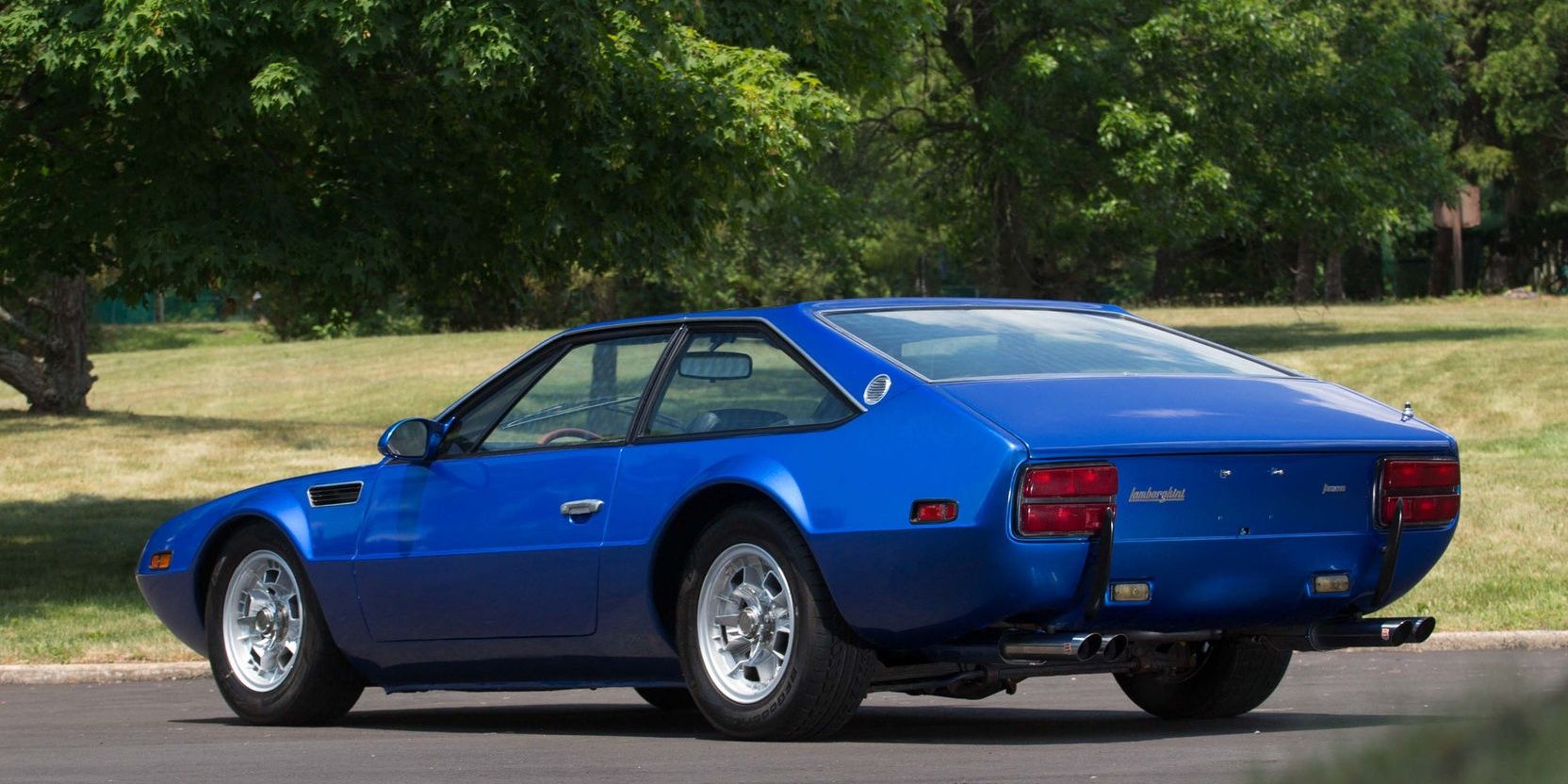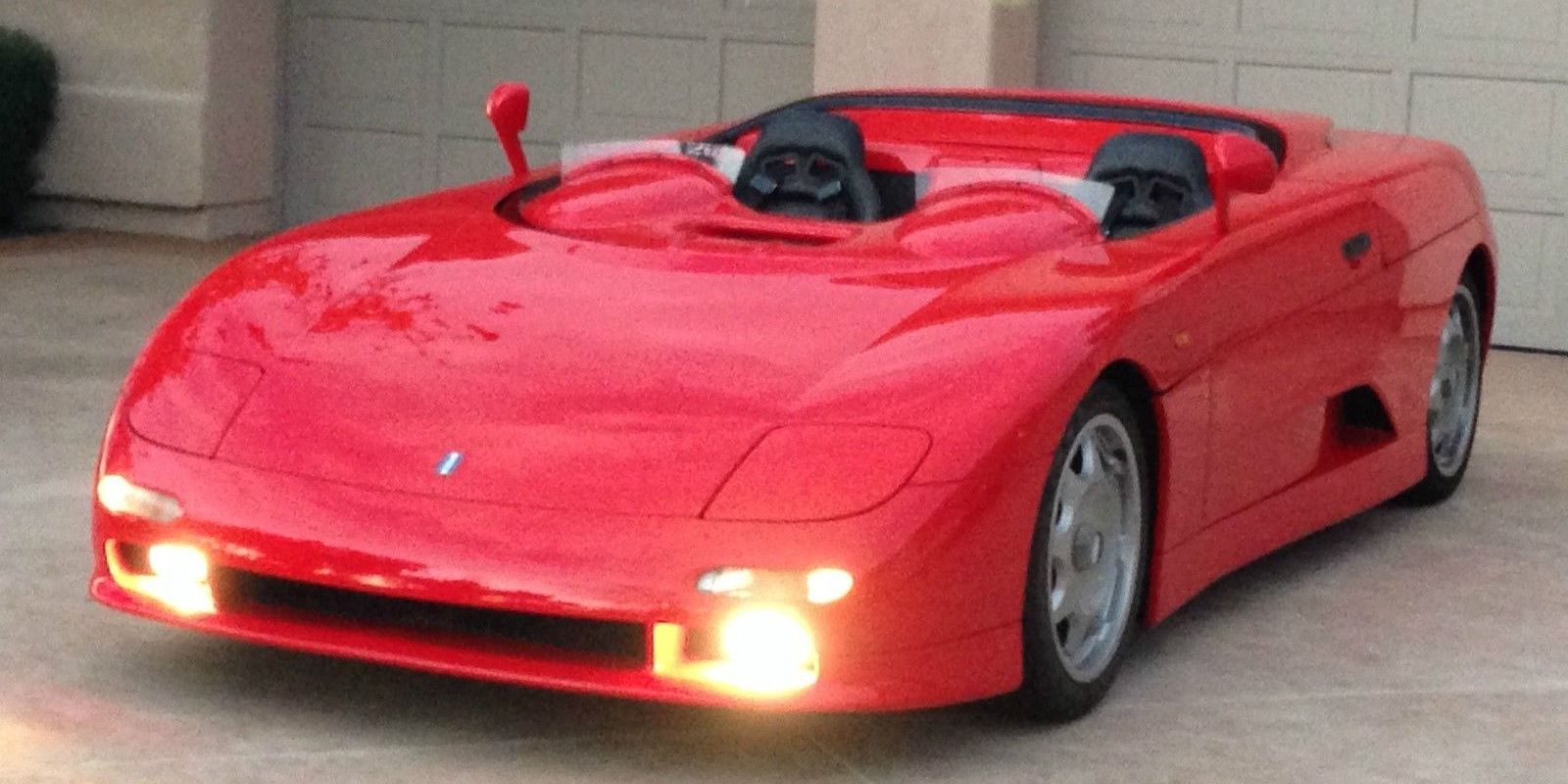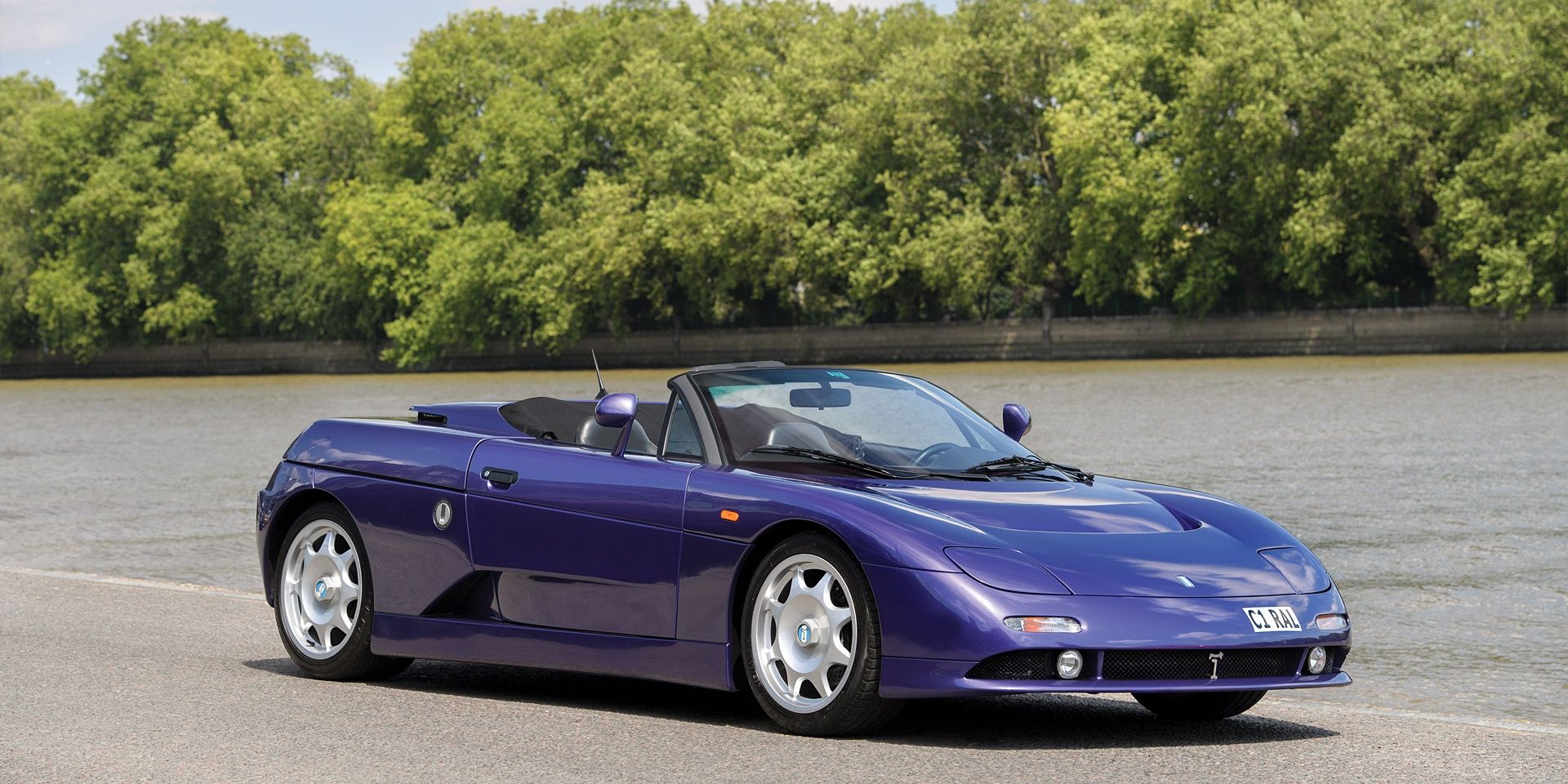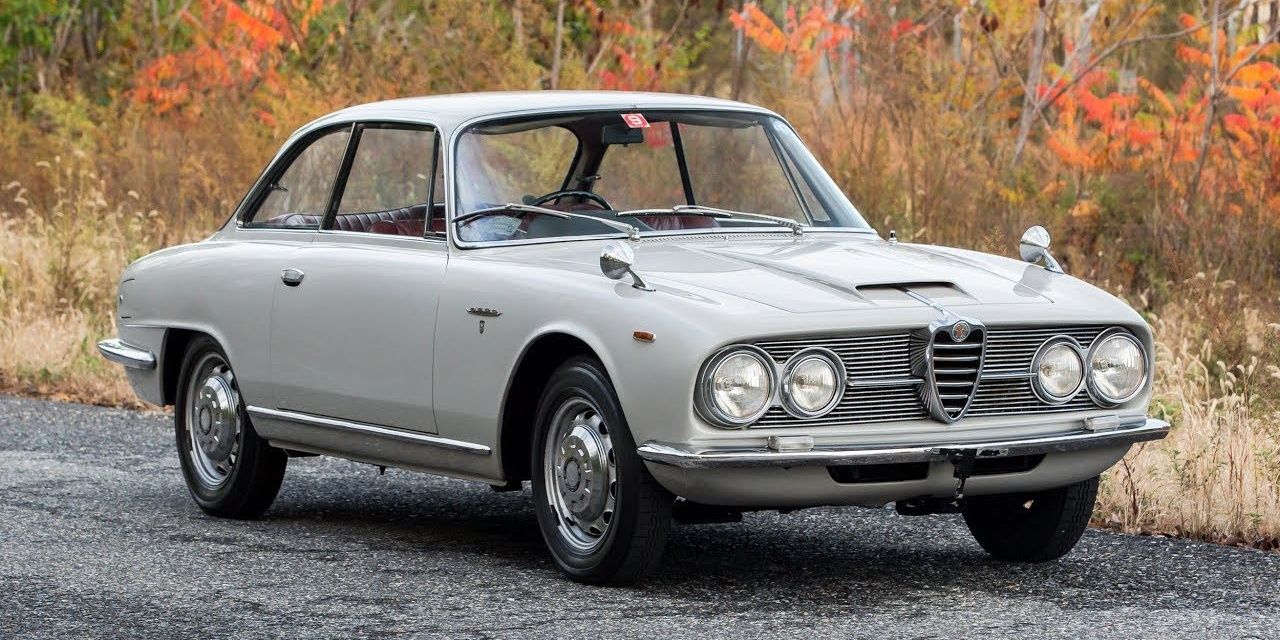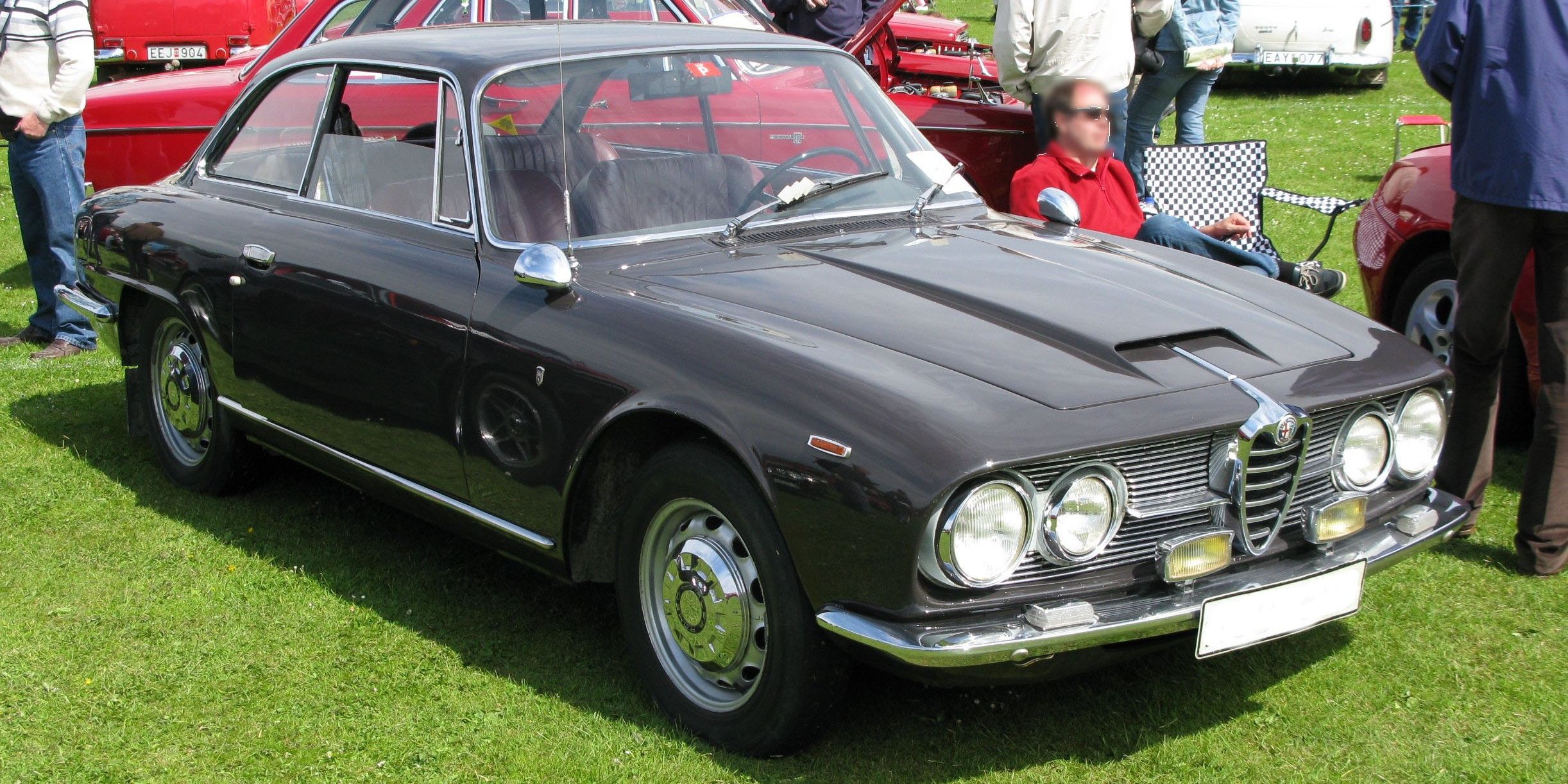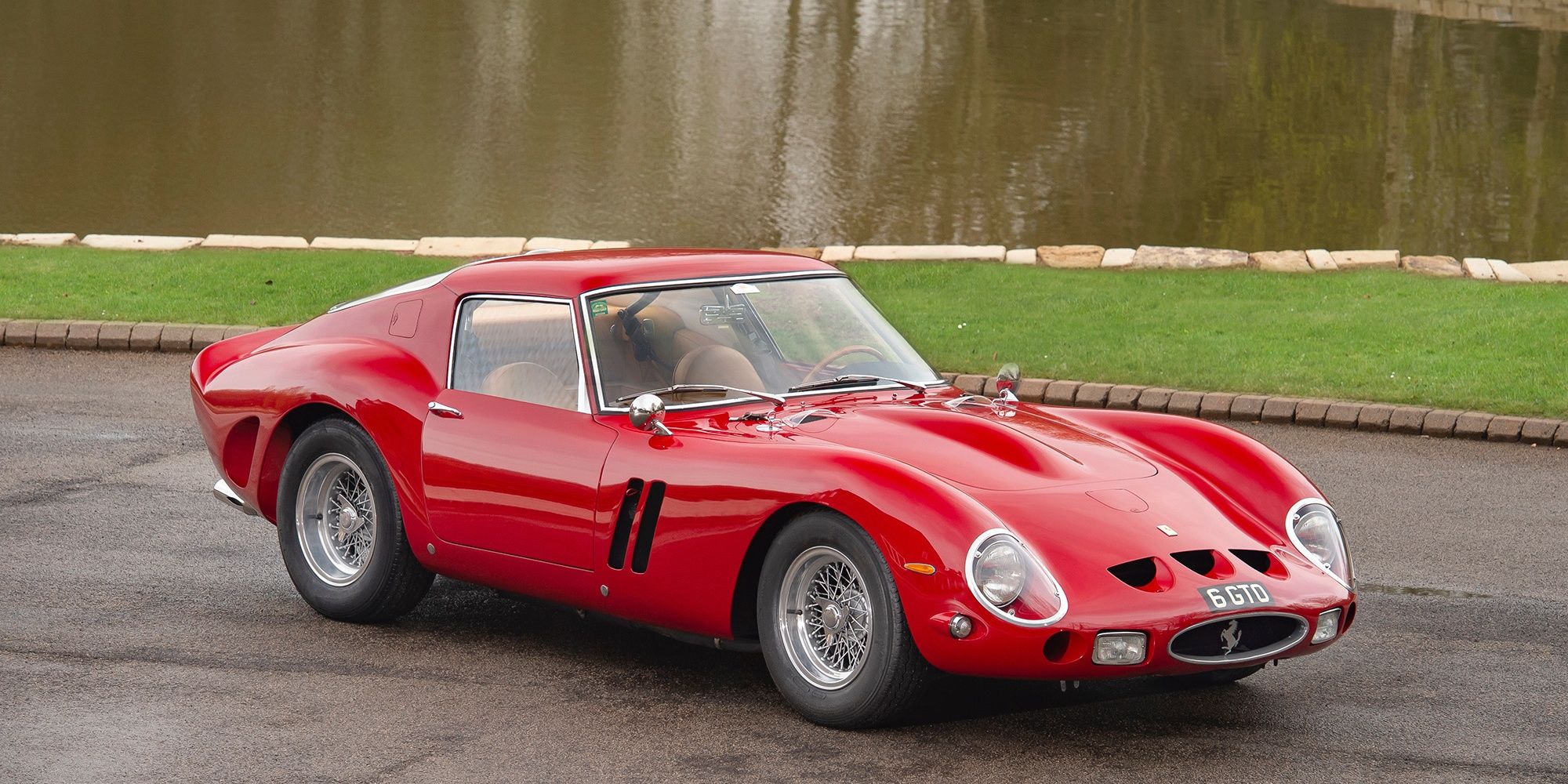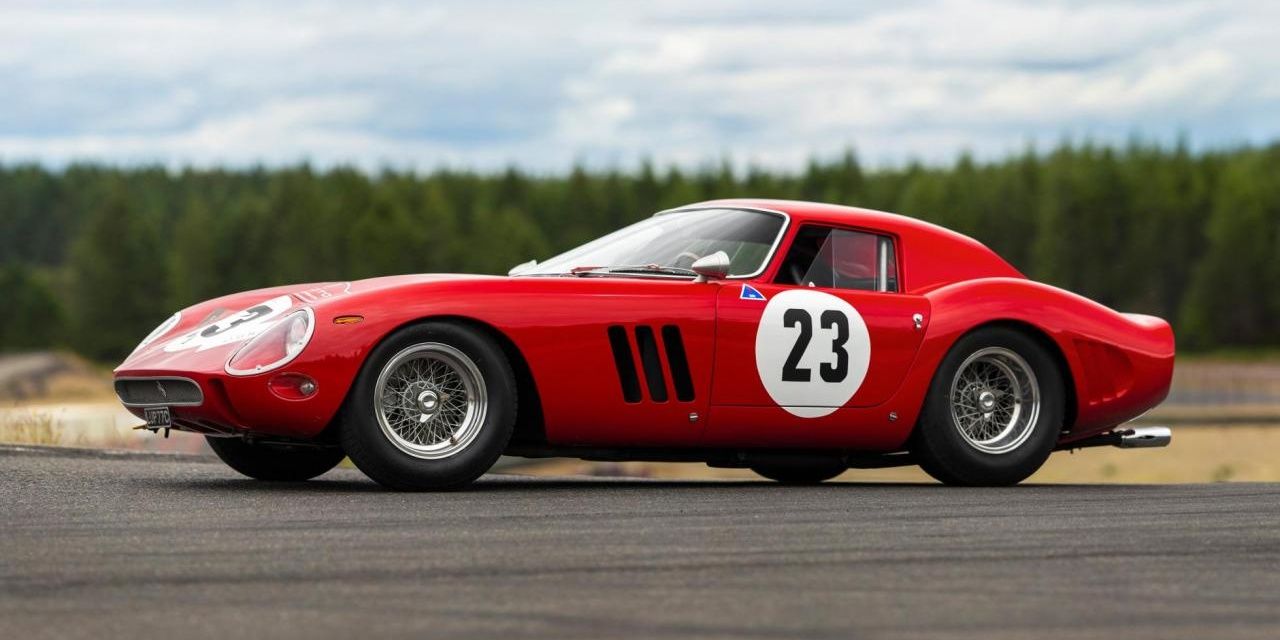From Ferrari to Lamborghini, Lancia, and Alfa Romeo, Italy is home to some of the world's biggest car brands. This land of pasta and wine has graced the asphalt with some of the most beautiful, popular, and iconic sports cars that have seen many dare break their banks just to have one parked in their garage.
Classic Italian sports cars have set the pace for many, if not most of the cars on the market today. These cars include the modern-day supercars that can trace their roots back to the Lamborghini Miura and the modern-day super-saloon inspired by the Alfa Romeo Giulia Quadrifoglio.
However, some Italian cars never quite made it big. A myriad of issues saw them forgotten by even the staunchest of Italian car fans.
In this piece, we’re bringing these rides back to life. Here are the 10 greatest classic Italian sports cars that time forgot.
10 Osca 1600 GT
The Osca 1600 GT was a small-engineered racecar that derived its power from a 1.5L naturally aspirated DOHC four-cylinder engine. This little motor was paired with a four-speed manual transmission. The final output was rated at 105 horsepower and 102 lb-ft of torque. If you were to floor the gas, the Osca 1600GT would hit a top speed of 124 mph.
RELATED: 10 Classic Italian Sports Cars Everyone Forgot Existed
Yes, that doesn’t sound so racy. And even considering that the 1600GT was born in the 60s, its three-year production ran was nowhere near successful. The production ended in 1964.
9 Maserati Karif
Unveiled at the Geneva Motor Show in 1988, this boxy sports car was designed for pure driving fun. This Italian underdog derived its power from a 2.8-liter twin-turbocharged V6 engine that was paired with a ZF five-speed dog-leg manual transmission.
This engine’s output was rated at 281 horsepower, with the car hitting a top speed of 158 mph.
Yes, that sounds great, until you step into the Maserati Biturbo. Many pundits considered the Biturbo as a sportier alternative to the “overrated” Karif. Yes, it had a less powerful engine, with the most powerful variant coming in 1989 with only 225 horsepower. However, it had more character.
As a result, only 221 units of the Maserati Karif were assembled.
8 Bizzarrini 1900 GT Europa
Giotto Bizzarrini is one man whose reputation precedes him. From working on the first Lamborghini V12 to the engine in the Ferrari 250 GTO, Bizzarrini is a respected name across Italian automotive circles.
As fate would have it, after working for different companies, Bizzarrini moved on and founded his own automobile company that built the iconic 5300 GT Strada.
As time flew by, he decided to assemble a cheap sports car that could compete against the Strada. Thus, the Bizzarrini 1900 GT Europa was born. This beauty sourced is power from a 1.9L Opel inline-four engine that produced 110 horsepower.
Sadly, its name didn’t live long enough like that of the iconic Ferrari 250 GTO he breathed petrol power into.
7 Abarth 205 Berlinetta
In the competitive world of small-displacement racing series, Abarth made their mark by using a brilliant chassis from the 205 Berlinetta that was later used on a more aerodynamic 207A racecar.
RELATED: These Are The Rarest Italian Sports Cars Ever
Abarth built only three units of the 205 Berlinetta. These gorgeous little rides sourced their power from a 1.1 Liter Abarth tuned four-cylinder Fiat engine that generated 83 horsepower.
But here’s where everything goes sideways. In 1951, this beautiful Italian classic car shared the same price as the Ferrari 166. Note that this Maranello masterpiece was running a more powerful, 2.0L V12 producing 108hp that would embarrass the Abarth 205 on track.
6 Fiat Abarth 2400 Coupe Allemano
Starting as a coachbuilder, the Allemano was popular for its classy interpretation of famous sports cars such as the Maserati 3500 GT.
Carol Abarth, the man behind this classy Italian sports car, settled on using the latest Fiat 2400 family car. He equipped the Allemano with a twin tailpipe exhaust, three double-barrel ui3 =-Weber carburetors, and lighter pistons. He then hooked up a 2.3L naturally aspirated inline-six engine to the chassis. The 142 ponies from this motor rocketed the 2400 Coupe to a top speed of 124mph. Still, it’s hard to understand how this car fell into the last pages of the history books.
5 Lancia Hyena Zagato
Motorsport enthusiasts are well versed with Lancia’s remarkable success in the world of rallying. At its peak, this proud Italian car company built some of the best motor racing vehicles such as the Lancia Stratos HF and the Delta.
However, in 1994, Lancia lost its mojo – and of course, rather cunning ways, to become a laughing stock in the motor industry. That’s when a bunch of clever executives decided to launch the Hyena.
Born out of the shadow of the Delta, this Italian sports car used the same drivetrain as the Lancia Delta. A 2.0-liter straight-four engine that generated 250 ponies at 5,750 rpm and 220 lb-ft of torque at 3,500 rpm powered this “wild beast”.
Yes, the car was fast, with a top speed of 143mph. But that wasn’t enough to save it, or the company, from total demise.
4 Lamborghini Jarama
While targeting the American market, Lamborghini built the Jarama to keep up with the American safety and emissions regulations. In 1970, the Jarama made its way into production as the last front-engine Lamborghini that succeeded the Isero.
Under its hood sat a 3.9L naturally aspirated V-12 engine that was paired to either a five-speed manual transmission or a three-speed automatic transmission. This engine’s output was rated at 365 horsepower and 302 lb-ft of torque, with the car hitting a top speed of 165 mph.
Of course, no one wanted to remember front-engine Lamborghinis the moment the company shifted the power units to the rear axle.
3 De Tomaso Guara
Unlike the De Tomaso Mangusta and Pantera, the Guara was not a car worth mentioning among Italian car fanatics. The opinions about this car were so bad, that this Italian sports car was the last to bear the De Tomaso Badge.
RELATED: 10 Things Everyone Forgot About The De Tomaso Pantera
Initially, a 4.0l naturally aspirated V-8 engine that coughed 279 ponies powered the De Tomaso Guara. However, this engine was later swapped for an iron block, a 4.6L supercharged Ford V-8 engine that Pushed 316 horsepower.
Even such radical changes in the power unit didn’t arouse buyer interest at all. From the start of its production in 1994 to the company’s liquidation in 2004, only 52 units were sold.
2 Alfa Romeo 2600 Sprint
In 1962, Alfa Romeo introduced their six-cylinder flagship coupe, the Alfa Romeo 2600 Sprint. Interestingly, the 2600 Sprint Caught the eye of the Italian Polizia that bought a few units to be used by the Panteras (rapid response unit).
A 2.6 liter naturally aspirated six-cylinder engine that was paired to a speed five manual gearbox powered the Sprint. This engine pushed 145 horsepower, with the car's top speed hitting 120 mph.
From 1962 to 1968, the Alfa Romeo 2600 Sprint was the best seller in the 2600 range. Then, its name fell into the shadows.
1 Ferrari 250 GTO
Dating back from the 1947 125 S to the 2014 LA Ferrari, Enzo Ferrari and his team of engineers have graced the automotive market with many great sports cars. However, when it comes to the great creations of Maranello, the Ferrari 250 GTO sits at the top of the table.
Launched in 1962, this Italian beauty is reckoned for its exclusivity, championship-winning engineering, power, styling, and speed. This impressive package makes the Ferrari 250 GTO arguably the most sought-after collectible in the market.
Powered by a 3.0-liter V-12 engine that cranked out 302 ponies and 246 lb-ft of torque, the 250 GTO was a dominant entrant in many races. Only 39 units were produced for homologation purposes by the FIA.

